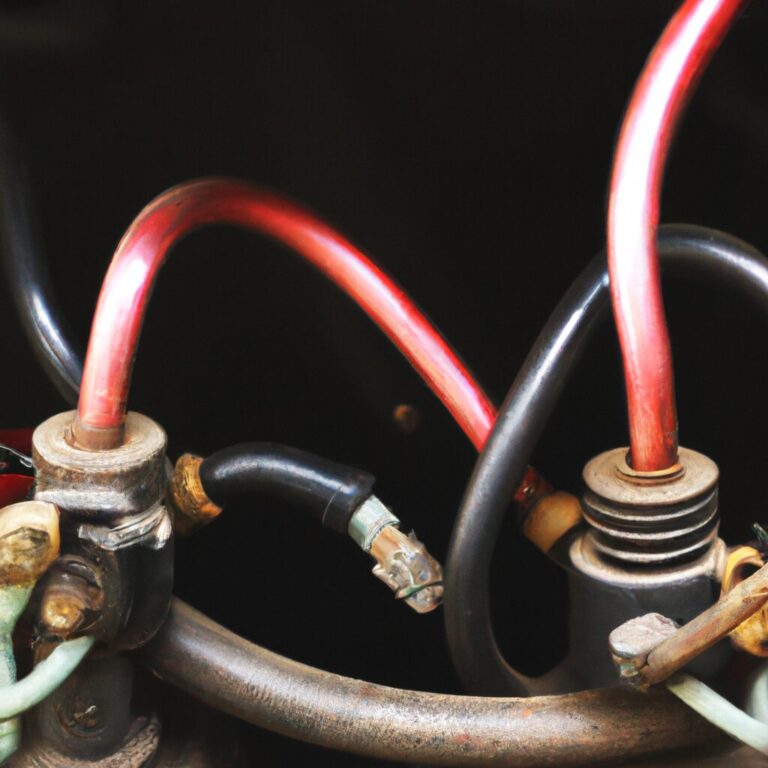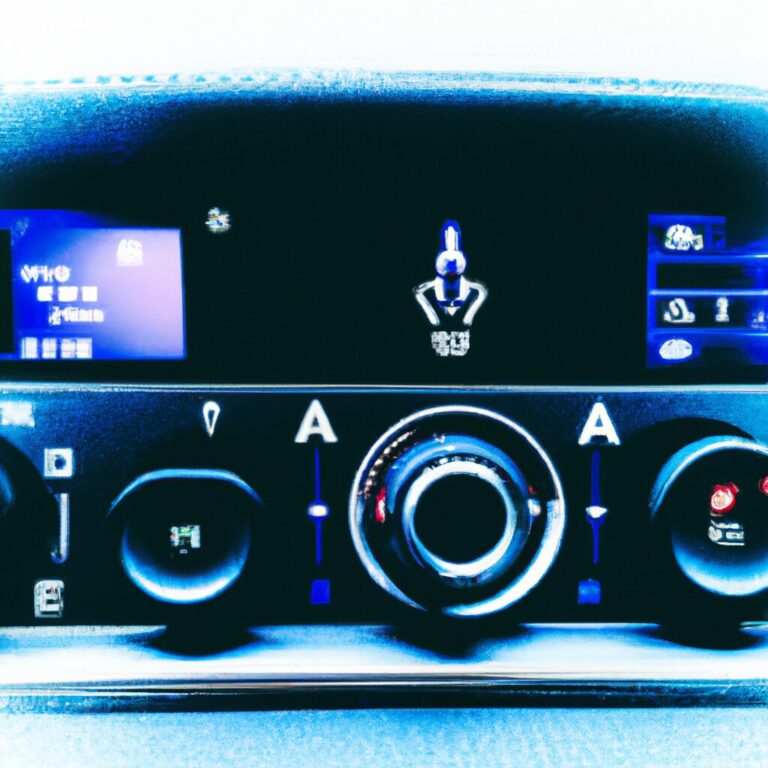Top Times to Schedule Tire Replacement
The best time to schedule tire replacement is when your tires reach 50,000 miles or show signs of wear and tear, such as uneven tread or bulges. Regularly scheduled tire replacements ensure optimal safety and performance on the road.
Maintaining a regular schedule for tire replacement is essential for the overall safety and performance of your vehicle. By being proactive, you can prevent potential accidents and costly repairs. With proper care and timely replacements, you can extend the lifespan of your tires and enhance the overall driving experience.
Additionally, scheduling tire replacements based on mileage and wear indicators allows for better budget planning and avoiding emergency situations on the road. Taking these proactive measures will ensure that your vehicle remains safe and reliable for you and your passengers.
Seasonal Considerations
Closely consider the best times throughout the year to schedule tire replacement based on the changing seasons for optimal vehicle performance and safety.
Winter
During winter, it’s crucial to schedule tire replacement before temperatures drop to ensure optimal traction in icy conditions.
Summer
In summer, consider replacing tires if they show signs of wear to maintain safe handling in high temperatures.
Rainy Season
During the rainy season, it’s advisable to replace tires to prevent hydroplaning and ensure proper grip on wet roads.

Credit: m.facebook.com
Tire Condition
The condition of your tires plays a crucial role in determining the right time for replacement. Being aware of the factors affecting tire condition can help you make informed decisions about when to replace your tires.
Tread Depth
Tread depth is a key indicator of tire condition. As tires wear down, the depth of the tread decreases, leading to reduced traction and grip. It is recommended to replace your tires when the tread depth reaches 4/32 inch or lower. This will ensure optimal performance and safety on the road.
Tire Age
Tire age is another important aspect of tire condition. Regardless of tread depth, tires should be replaced after 6 years, as the rubber compound deteriorates over time, compromising the tire’s ability to provide adequate traction and handling. Checking the tire’s manufacturing date can help you determine if it’s time for a replacement.
Driving Habits
When it comes to scheduling tire replacement, understanding your driving habits is crucial. Your driving style and the type of roads you usually travel on can significantly impact the lifespan of your tires. By considering these factors, you can determine the top times to schedule tire replacement.
Frequent Highway Driving
Frequent highway driving puts extra strain on your tires due to the high speeds and consistent travel. The continuous motion and high temperatures generated during extended highway driving can wear down your tires quickly. If you frequently commute on highways, it’s essential to monitor your tire tread depth and overall tire condition diligently. Consider scheduling a tire replacement earlier than the standard timeline to ensure optimal safety on the road.
Off-road Driving
Off-road driving, including gravel or dirt roads, can significantly accelerate tire wear and tear. The rough terrain, sharp debris, and rocks common on off-road paths can cause punctures, cuts, or uneven tread wear. If you frequently engage in off-road adventures, it’s crucial to inspect your tires regularly for any signs of damage. Additionally, consider a specialized off-road tire replacement schedule to maintain peak performance and safety during your off-road excursions.
Warning Signs
When it’s time to replace your tires, paying attention to warning signs can ensure your safety on the road.
Vibration Or Shaking
Feeling vibration or shaking in your steering wheel can indicate that your tires need to be replaced.
Uneven Tire Wear
Check your tires for uneven wear patterns such as cupping or scalloping, which may signal the need for replacement.
Maintenance Schedule
Stay on top of your vehicle maintenance by following a tire replacement schedule. The best times for tire replacement are before winter and after every 50,000 miles to ensure optimal performance and safety on the road. Schedule regular checks to keep your vehicle running smoothly all year round.
Manufacturer Recommendations
When it comes to scheduling tire replacement, it’s important to take into consideration the manufacturer’s recommendations. Manufacturers provide guidelines on when you should replace your tires to ensure optimal performance and safety. These recommendations are based on factors such as the type of tire, driving conditions, and the average lifespan of the tire.Regular Inspections
Regular inspections play a crucial role in determining when it’s time to replace your tires. Inspecting your tires at least once a month allows you to identify any visible signs of wear and tear or damage. By conducting these inspections, you can catch any issues early on and take the necessary steps to replace your tires before they become a safety hazard. During your regular inspections, be sure to check for the following signs: 1. Tread Depth: Measure the tread depth using a tread depth gauge or the penny test. If the tread depth falls below 2/32 of an inch or if you can see Abraham Lincoln’s head on the penny when inserted upside down into the tire groove, it’s time to replace the tire. 2. Uneven Wear: Check for uneven wear patterns on the tires. Uneven wear can indicate alignment or suspension problems, and if left unaddressed, it can lead to premature tire replacement. 3. Cracks or Bulges: Inspect the sidewalls of the tires for any cracks, bulges, or cuts. These can be signs of tire damage that may compromise the tire’s structural integrity. 4. Age: Even if your tires appear to be in good condition, it’s important to consider their age. Most tires have a lifespan of about 6 years, regardless of their tread depth or overall condition. After 6 years, it’s recommended to replace your tires, as they may become more prone to failure. By incorporating these regular inspections into your maintenance schedule, you can stay on top of tire replacement and ensure the safety of your vehicle.Code Example: Regular Inspection Checklist
Here’s a helpful checklist you can use during your tire inspections:| Tire Inspection Checklist |
| Check for: |
| – Tread depth (use tread depth gauge or penny test) |
| – Uneven wear patterns |
| – Cracks, bulges, or cuts on sidewalls |
| – Tire age (consider the manufacturing date) |

Credit: www.lexusofbrookfield.com

Credit: www.amazon.com
Frequently Asked Questions For Top Times To Schedule Tire Replacement
What Is The Recommended Time To Change Tires?
It is recommended to change tires every 6 years, regardless of tread wear. Additionally, if the tread depth is 4/32 inch or lower, it’s time to replace them. Regularly inspect for signs of damage, such as cracks or bulges. Finally, consider changing tires if you frequently drive in extreme weather conditions.
What Is The Best Month To Buy Tires?
The best month to buy tires is typically October. Many retailers offer promotions and discounts during this time. Additionally, it is ahead of winter, ensuring your vehicle is prepared for the colder months.
What Items Help Determine When It’s Time To Replace Your Tires?
Tire replacements are needed when tread is worn below 2/32 inch, cracks or bulges appear, uneven wear, vibrations, or older than 6 years.
Do I Need To Replace Tires At 4 32?
Yes, it is recommended to replace tires when they reach a tread depth of 4/32. This depth indicates that the tires have worn down significantly, compromising their ability to provide adequate traction, especially in wet or snowy conditions. It is essential for your safety and the performance of your vehicle to replace tires at this point.
Conclusion
When planning tire replacement, remember seasonal changes for optimal performance and safety. Regular maintenance saves money and extends tire lifespan. Keep an eye on tread depth and overall condition. Don’t delay replacement when necessary. Stay informed and schedule replacements at the right times.



